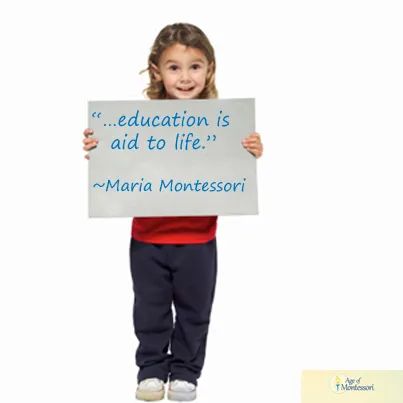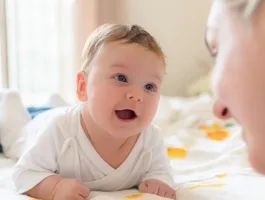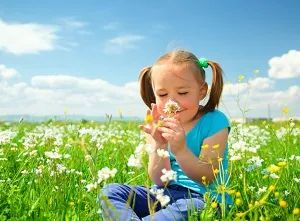The Ten Secrets of Montessori - #2 Help to Life
This is education, understood as a help to life; his is the bright new hope for mankind.
The Ten Secrets of Montessori

Maria Montessori uncovered secrets--ten to be exact. Lucky for us, Mary Ellen Maunz, M. Ed., founder and Program Director of Age of Montessori, is willing to share the treasure of information within these secrets, and to explain exactly what they can mean to you and your children. With these ten secrets, you will gain a rich understanding of the framework beneath the Montessori Method. Maria Montessori developed more than a revolutionary educational method; she discovered the true inner workings of the child’s mind. These ten secrets are based on her lifetime of observing children and recognizing what they really need to thrive.
Secret Number Two--Help to Life
To aid life, leaving it free...that is the basic task of the educator. - Maria Montessori

"This is education, understood as a help to life; an education from birth, which feeds a peaceful revolution and unites all in a common aim, attracting them as to a single centre. Mothers, fathers, politicians: all must combine in their respect and help for this delicate work of formation, which the little child carries on in the depth of a profound psychological mystery, under the tutelage of an inner guide. This is the bright new hope for mankind." - Maria Montessori
As you can see from her quote above, Maria Montessori believed that an education should be “help to life.” But what did Montessori really mean when she called education “a help to life”? Many parents and teachers think of the “three R’s” (reading, writing, and arithmetic) when they think of education. Montessorians would certainly agree that these academic foundations are essential life skills, but they also understand that there is far more to be gained through the learning process. Children can (and do) learn the necessary skills to be able to think and act independently and creatively through movement, communication, and sensorial development.
The child's development follows a path of successive stages of independence, and our knowledge of this must guide us in our behaviour towards him. We have to help the child to act, will and think for himself. This is the art of serving the spirit, an art which can be practised to perfection only when working among children. ~Maria Montessori
Movement
From the moment they are born, movement brings children in touch with the world around them.

From the moment they are born, movement brings children in touch with the world around them. As a child learns movement, he or she develops not only muscular control (or motor control) but also experiences neuromuscular expansion. The goal of educating the child in movement is to guide them toward those activities that help organize and coordinate movement. When a child has direction, her (his) movements become focused and, as Montessori described, she “grows quiet and contented, and becomes an active worker, a being calm and full of joy.” This has been observed again and again in Montessori classrooms all over the world.
Children come into this world hardwired for learning language.

Communication
Children come into this world hardwired for learning language. As Maria Montessori said, “To talk is in the nature of man.” This inborne tendency makes the acquisition of language especially easy for children under six years old. Very early on, children learn to use facial expressions, gestures, and speech to communicate their basic needs. As early as two years old, the child’s natural desire to communicate will guide him toward learning to read and write. Because the development of language is so deeply intertwined with the physical and intellectual development of the child, a broad exposure to language is paramount.
Sensorial Development
"Education... is acquired not by listening to words but by experiences upon the environment."

Sensorial learning begins at birth (maybe even sooner). Through their senses, children develop rapidly by soaking up huge amounts of new information as effortlessly as a sponge soaks up water. As the name implies, sensorial learning occurs via the five senses: sight, sound, smell, taste, and touch. Not only does sensory learning help hone the the child’s budding new senses, but it also prepares the brain for academic lessons to come, such as in math, science and more.
Scientific observation has established that education is not what the teacher gives; education is a natural process spontaneously carried out by the human individual, and is acquired not by listening to words but by experiences upon the environment. ~Maria Montessori
“Help to life” means assisting and nurturing the child’s natural growth, mentally and physically. This can only be accomplished by understanding the child’s stages of development and providing the right environment and learning materials for each stage.
To learn more about the stages of development, please join us for Age of Montessori’s 6-week online course, Child Development Course.






















